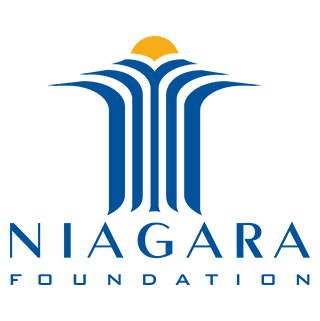Photos and Text By: Megan Deppen, intern at Niagara and student at DePaul University
The haunting tune of a distant vaudevillian pianist hangs in the air, transforming the dimmed exhibits of today into the bustling midwestern boomtown of 1893. Grainy photographs of the majestic Columbian Exposition are projected onto a screen and catch onlookers by surprise when the photographed figures come to life, moving amongst Daniel Burnham’s famous “white city.” The Field Museum’s latest exhibit, “Wonders of the 1893 World’s Fair” beckons children and adults alike to walk in the footsteps of their Chicago ancestors and offers an enlightened perspective on the society in which they lived.

The Niagara Foundation is pleased to welcome the Field Museum President and CEO, Richard Lariviere, on Thursday, April 10th to discuss the cohesiveness of the museum’s collections, research, and exhibits. “Wonders of the 1893 World’s Fair” is not just a showcase of Chicago’s colorful history; it also marks a new cost-effective initiative by the Field Museum to use in-house exhibits, drawing upon the wealth of its stored artifacts and research.
The museum currently holds an encyclopedic collection of more than 25 million cultural artifacts and scientific specimens. That number grows by about 200,000 each year. While the historic building has over 1 million square feet of floor space, the museum opened the Collections Resource Center (CRC) in 2005 to keep up with its growing collections. Unbeknownst to most visitors of the museum, the 185,000 square foot facility lies just below and south of the museum’s floors. Directors chose to keep the CRC on-site at the museum to maximize the research potential, accessibility, and public exposure to the collections.

Much like the public considerations behind the CRC, the museum prides itself in its educational outreach programs and transparency to the public. From its exhibits to its staff, the museum seeks to engage its audiences and deliver a five-star experience. According to its 2012 annual report, the Field Museum possesses one of the largest in-house exhibition production centers in the country. Their experts are constantly developing the style and structure of the exhibits, and as a result have seen as much as a 163% increase in special exhibit visitors.
As a testament to their ongoing outreach, the museum offers special programs to engage visitors like “Highlights Tours” and “Dozing with Dinos,” where children and guests can explore the exhibits in an overnight stay. In addition to these programs however, the museum has sought to showcase more of its in-house collections stored in the CRC rather than host traveling exhibits.

Fitting to the World’s Fair exhibit, the Field Museum itself is a piece of Chicago history that does more than house historical collections. Following the 1893 World’s Columbian Exposition –or the World’s Fair in Chicago– celebrating the 400th anniversary of Columbus’s landing in the United States, the State of Illinois passed a charter establishing the Columbian Museum of Chicago. Cultural and scientific artifacts from all over the world were collected for the fair, and historians like Dr. G. Brown Goode saw the potential for a museum in Chicago to showcase these pieces — and the fair — for years to come. Influential Chicagoans backed the idea for the museum, calling it a memorial to the World’s Fair, but also an honor to the city.
The beloved and influential entrepreneur, Marshall Field, enthusiastically backed the founding of the museum, and made the first million dollar donation that eventually made him the namesake for the museum.

Today, the museum is a leading authority in groundbreaking natural research and draws over 1.2 million visitors through its doors each year. Akin to Niagara’s mission, the Field Museum addresses the barriers to cultural coexistence by bringing people of all backgrounds together to learn about peoples from around the world, their environment, and what we can do to preserve them.
